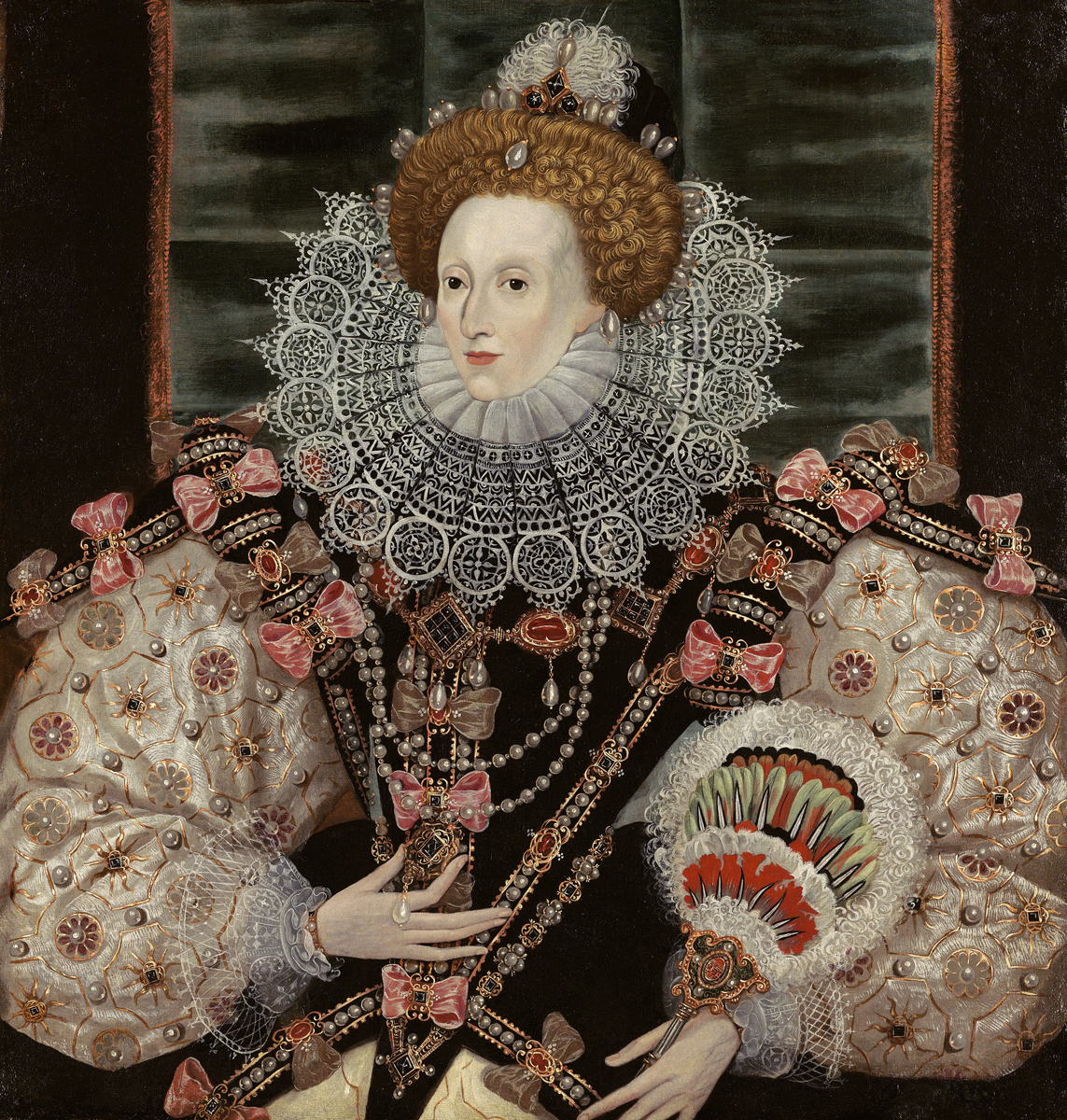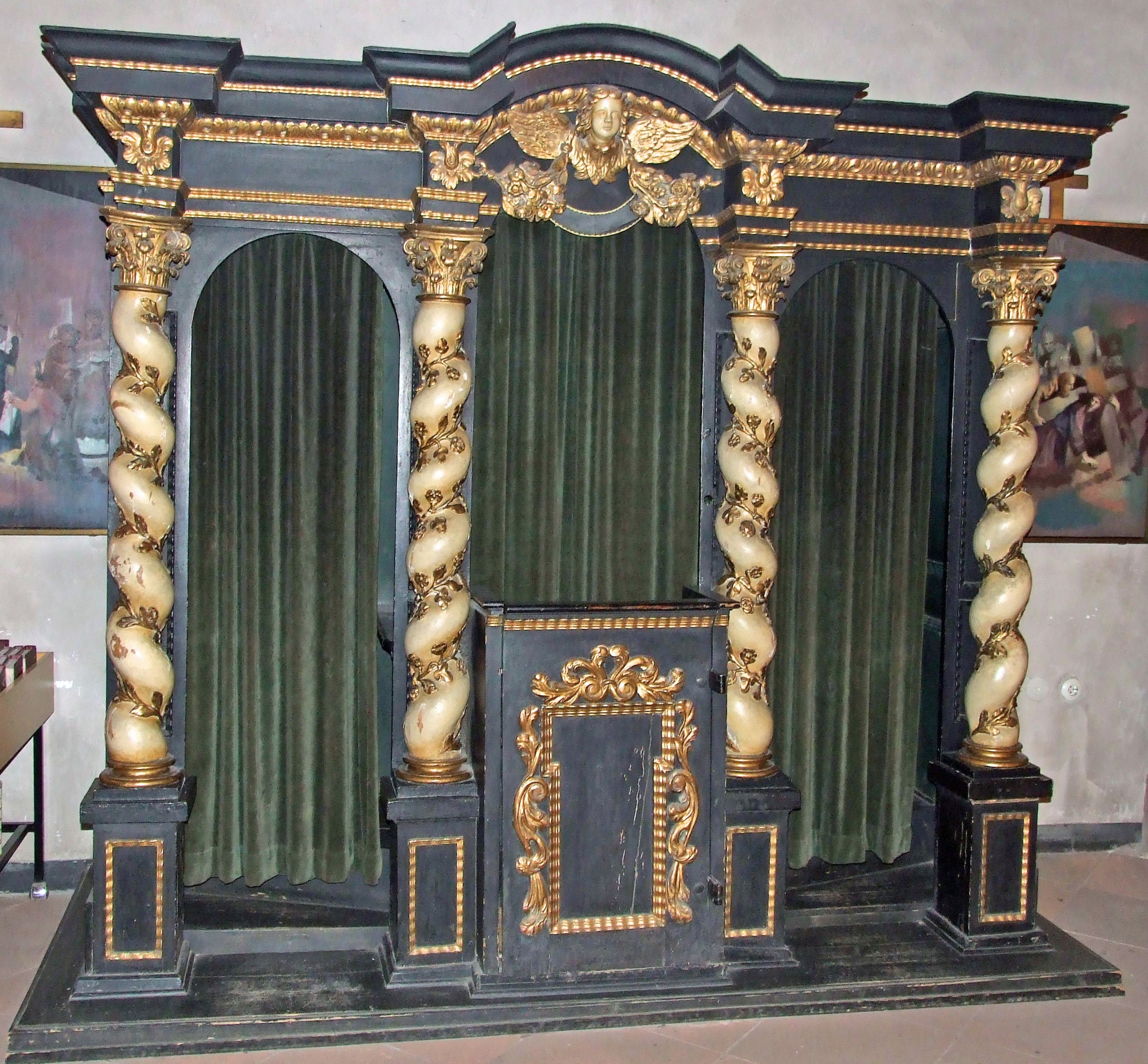|
Gunpowder Plot
The Gunpowder Plot of 1605, in earlier centuries often called the Gunpowder Treason Plot or the Jesuit Treason, was a failed assassination attempt against King James I by a group of provincial English Catholics led by Robert Catesby who sought to restore the Catholic monarchy to England after decades of persecution against Catholics. The plan was to blow up the House of Lords during the State Opening of Parliament on 5 November 1605, as the prelude to a popular revolt in the Midlands during which King James's nine-year-old daughter, Elizabeth, was to be installed as the Catholic head of state. Catesby may have embarked on the scheme after hopes of securing greater religious tolerance under King James I had faded, leaving many English Catholics disappointed. His fellow contributors were John and Christopher Wright, Robert and Thomas Wintour, Thomas Percy, Guy Fawkes, Robert Keyes, Thomas Bates, John Grant, Ambrose Rookwood, Sir Everard Digby and Francis Tresham. Faw ... [...More Info...] [...Related Items...] OR: [Wikipedia] [Google] [Baidu] |
Robert Catesby
Robert Catesby (c. 1572 – 8 November 1605) was the leader of a group of English Catholics who planned the failed Gunpowder Plot of 1605. Born in Warwickshire, Catesby was educated in Oxford. His family were prominent recusant Catholics, and presumably to avoid swearing the Oath of Supremacy he left college before taking his degree. He married a Protestant in 1593 and fathered two children, one of whom survived birth and was baptised in a Protestant church. In 1601 he took part in the Essex Rebellion but was captured and fined, after which he sold his estate at Chastleton. The Protestant James I, who became King of England in 1603, was less tolerant of Catholicism than his followers had hoped. Catesby therefore planned to kill him by blowing up the House of Lords with gunpowder during the State Opening of Parliament, the prelude to a popular revolt during which a Catholic monarch would be restored to the English throne. Early in 1604 he began to recruit other Catholics to his ... [...More Info...] [...Related Items...] OR: [Wikipedia] [Google] [Baidu] |
English Midlands
The Midlands (also referred to as Central England) are a part of England that broadly correspond to the Kingdom of Mercia of the Early Middle Ages, bordered by Wales, Northern England and Southern England. The Midlands were important in the Industrial Revolution of the 18th and 19th centuries. They are split into the West Midlands and East Midlands. The region's biggest city, Birmingham often considered the social, cultural, financial and commercial centre of the Midlands, is the second-largest city and metropolitan area in the United Kingdom. Symbolism A saltire (diagonal cross) may have been used as a symbol of Mercia as early as the reign of Offa. By the 13th century, the saltire had become the attributed arms of the Kingdom of Mercia. The arms are blazoned ''Azure, a saltire Or'', meaning a gold (or yellow) saltire on a blue field. The saltire is used as both a flag and a coat of arms. As a flag, it is flown from Tamworth Castle, the ancient seat of the Mercian Kings ... [...More Info...] [...Related Items...] OR: [Wikipedia] [Google] [Baidu] |
Confession (religion)
Confession, in many religions, is the acknowledgment of one's sins (sinfulness) or wrongs. Christianity Catholicism In Catholic teaching, the Sacrament of Penance is the method of the Church by which individual men and women confess sins committed after baptism and have them absolved by God through the administration of a priest. The Catholic rite, obligatory at least once a year for serious sin, is usually conducted within a confessional box, booth or reconciliation room. This sacrament is known by many names, including penance, reconciliation and confession. While official Church publications usually refer to the sacrament as "Penance", "Reconciliation" or "Penance and Reconciliation", many clergy and laypeople continue to use the term "Confession" in reference to the Sacrament. For the Catholic Church, the intent of this sacrament is to provide healing for the soul as well as to regain the grace of God, lost by sin. A perfect act of contrition, wherein the penitent ... [...More Info...] [...Related Items...] OR: [Wikipedia] [Google] [Baidu] |


